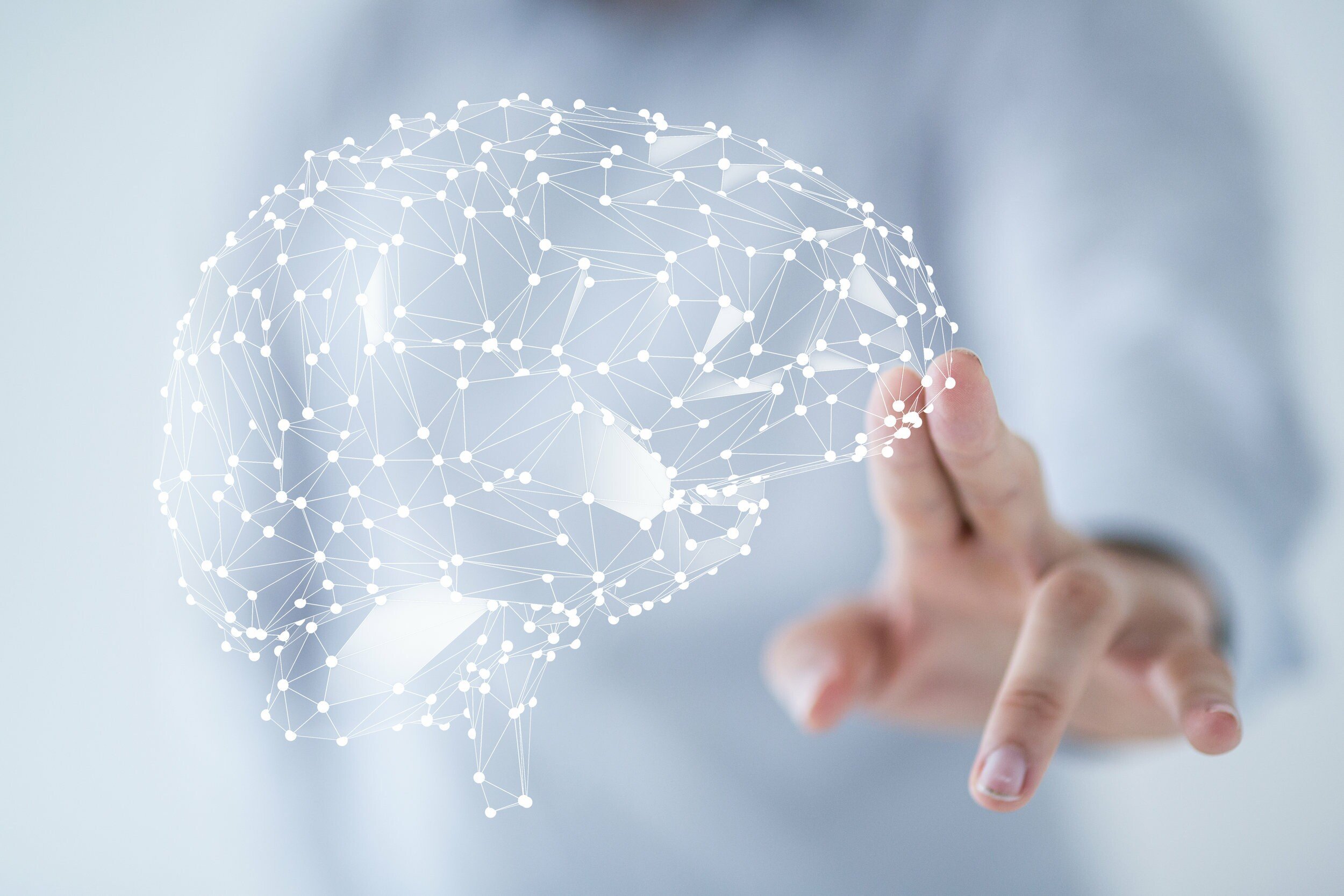
Spinal Decompression
Were you aware that 80% of adults experience lumbar pain at least once in their lifetime, and of these cases, 80% of structures causing lumbar pain are related to intervertebral discs?
With these odds, it’s important that you are prepared for where to seek treatment should this pain pop up at any time!
Non-surgical spinal decompression is often the answer for people who are suffering from sciatica, facet syndrome, bulging or herniated discs, or even some cases of degenerative arthritis.
Nonsurgical spinal decompression therapy is a type of motorized traction that helps relieve back pain and/or leg pain. Spinal decompression works by precisely targeting the vertebral levels causing the pain and creating a negative pressure in the disc. This in turn helps promote movement of water and nutrient-rich fluids into the discs so they can heal. While not every person is a perfect candidate for spinal decompression, its worth being examined.
Spinal Stenosis
What comes to mind when you think of Lumbar Spinal Stenosis?
Does your definition of spinal stenosis include pain or possibly limiting physical activity?
Spinal stenosis is what happens when the spinal canal area is narrowed. This narrowing puts pressure on the spinal cord and nerves and can cause pain.
For many, lumbar spinal stenosis comes with age when degeneration of the spine causes narrowing of the spinal canal. On the other hand, stenosis can also be caused by a disc herniation inserting into the spinal canal, taking up space that is meant for spinal nerves. Regardless of the cause, spinal stenosis can be incredibly painful. If you’re like the growing number of the population diagnosed with spinal stenosis, functional neurology’s effective methodologies may be your best option to conservatively relieve your stenosis pain.
Manage your sciatica once and for all!
Most who are polled think that Sciatica is a senior-only problem and are surprised to learn that Sciatica has been reported to occur in 1 to 10% of the population, most commonly in people age 25 to 45 years old!
Are you equally as surprised?
It turns out that prolonged sitting or lying on the buttocks, pelvic fractures, gunshot wounds, and other trauma to the buttocks or thighs are the most common cause of sciatica pain. Though, spinal stenosis (which occurs as people get older) can put pressure on both sides of the sciatic nerve and can result in sciatica on both sides of the body (known as bilateral sciatica).
What makes sciatica a surprising diagnosis is that most of those dealing with the pain cannot recall a specific trauma that caused the symptoms!
This is where functional neurology comes in.
After a comprehensive neurological examination, functional neurologists are able to determine which part of the nervous system is compressed, causing the sciatica symptoms. If there is sensory or motor loss, a Functional Neurologist can order an MRI to further evaluate what is taking place. From here, many different rehabilitation options may be recommended that range from chiropractic adjustments, nerve stimulation, cold laser therapy to spinal decompression and balance rehabilitation.
Alternative for migraines and headaches
With nearly 1 in 4 U.S. households being home to a migraine sufferer, the odds are that you know someone who is affected by this pain on a constant basis. Although migraines are the most common between the ages of 25 and 55, 18% of American women, 6% of men, and 10% of children experience migraines.
Sadly, most of those who are suffering from headaches and migraines are accustomed to reaching for over-the-counter drugs over and over again, even though they may provide little to no relief.
If you are (or know of someone who is) suffering from an endless cycle of popping pills to mask the symptoms, know that there is another solution that exists known as Functional Neurology.
Functional Neurology is a drug-free approach to getting to the bottom of what’s really causing your pain.
This is done via effective (and customizable) methodologies and therapies that have been designed to pinpoint specific areas of the brain that need help with improvement. Functional Neurologists are experts when it comes to this condition, and are even trained to look for inflammatory causes that can include environmental toxins, hormone imbalances, or infections.
After identifying the cause of the cause of your migraine examining, we can formulate a comprehensive treatment plan to affect all the systems involved. This may include any combination of chiropractic care, neurological and vestibular rehabilitation, hyperbaric oxygen, and nutrient support.



